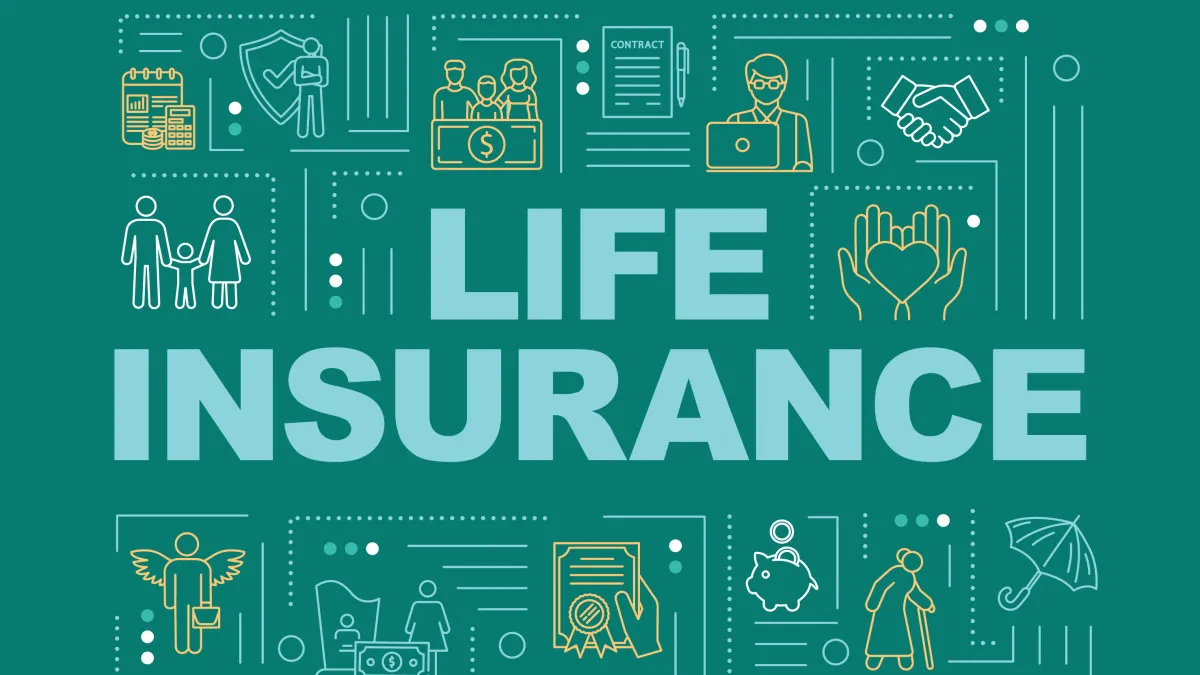The foundation of creating a secure future for you and your loved ones is financial planning. In this context, life insurance is essential since it protects your finances and guarantees the welfare of your family in the case of your untimely death.
The importance of life insurance in financial planning will be thoroughly covered in this detailed book, along with its advantages, various policy types, and how it can fit into your entire financial plan. You can take proactive measures to safeguard your family’s financial stability by being knowledgeable about the function of life insurance and its potential effects on the future.

Protection for Loved Ones
The main goal of life insurance is to give your loved ones financial security in the case of your passing. The tax-free amount sent to the beneficiaries as part of the death benefit can be used to replace lost income, pay off debts, and guarantee that your family can continue to live comfortably.
If you have dependents who depend on your income to support them, life insurance is very important. In addition to covering everyday expenses, mortgage payments, child care bills, and future financial goals, it can help replace lost income.
Estate Planning and Legacy Preservation
In estate planning, life insurance can be crucial in ensuring the orderly transfer of assets to your beneficiaries. Your loved ones will be able to inherit the full worth of your inheritance without having to worry about paying taxes because it can offer liquidity to cover estate taxes.
Life insurance can also help you leave a lasting legacy and give your beneficiaries a cash present. It can be used to make a bequest to a charity, establish a trust, or bequeath riches to subsequent generations, ensuring that your influence endures after your passing.

Types of Life Insurance Policies
Life insurance policies come in various types, each with unique features and benefits. The two primary categories are:
a) Term Life Insurance: Term life insurance provides coverage for a specified period, typically ranging from 10 to 30 years. It offers a death benefit if you pass away during the policy term but does not accumulate cash value. Term life insurance is generally more affordable and suitable for those with temporary protection needs, such as paying off a mortgage or providing for dependent children.
b) Permanent Life Insurance: Permanent life insurance provides coverage for your entire life, as long as you pay the premiums. It combines a death benefit with a cash value component that accumulates over time. There are different types of permanent life insurance, such as whole life, universal life, and variable life, each with its unique characteristics. Permanent life insurance is more expensive but offers lifelong protection and can serve as an investment or savings vehicle.
Understanding the differences between term and permanent life insurance can help you choose the policy that aligns with your specific financial goals and budget.
Integration with Financial Strategy
Integrating life insurance into your financial strategy requires careful evaluation of your individual circumstances and goals. Consider the following factors:
a) Coverage Needs: Assess your current financial obligations, future goals, and the financial impact of your death on your loved ones. Determine the amount of coverage required to meet these needs adequately.
b) Income Replacement: Consider the number of years your loved ones would need financial support and calculate the income replacement required to maintain their standard of living.
c) Debt Obligations: Take into account any outstanding debts, such as mortgages, student loans, or credit card balances, and ensure that the life insurance coverage is sufficient to cover these obligations.
d) Future Expenses: Consider future financial goals, such as funding your children’s education, providing for a comfortable retirement, or leaving a legacy. Life insurance can help bridge the gap and provide financial resources to achieve these objectives.
e) Budgetary Considerations: Evaluate your budget to determine how much you can comfortably allocate towards life insurance premiums. Strive to strike a balance between adequate coverage and affordability.
Consultation and Review
The requirement for life insurance may alter over time as a result of events like marriage, having a child, advancing in your job, or acquiring additional assets. Make sure your life insurance policy is in line with your financial objectives and current situation by reviewing it frequently.
In order to manage the complexity of life insurance and ensure that you make informed decisions, speaking with a financial advisor or insurance specialist can offer helpful insights.
It’s a proactive move to safeguard your loved ones’ future and protection to include life insurance in your financial planning. Life insurance is a safety net that protects financial security in uncertain times, whether it is used to replace lost income, preserve your heritage, or play a crucial role in estate planning. You may provide your loved ones the financial security and peace of mind they deserve by comprehending the function of life insurance, looking into various policy possibilities, and incorporating it into your overall financial strategy.








